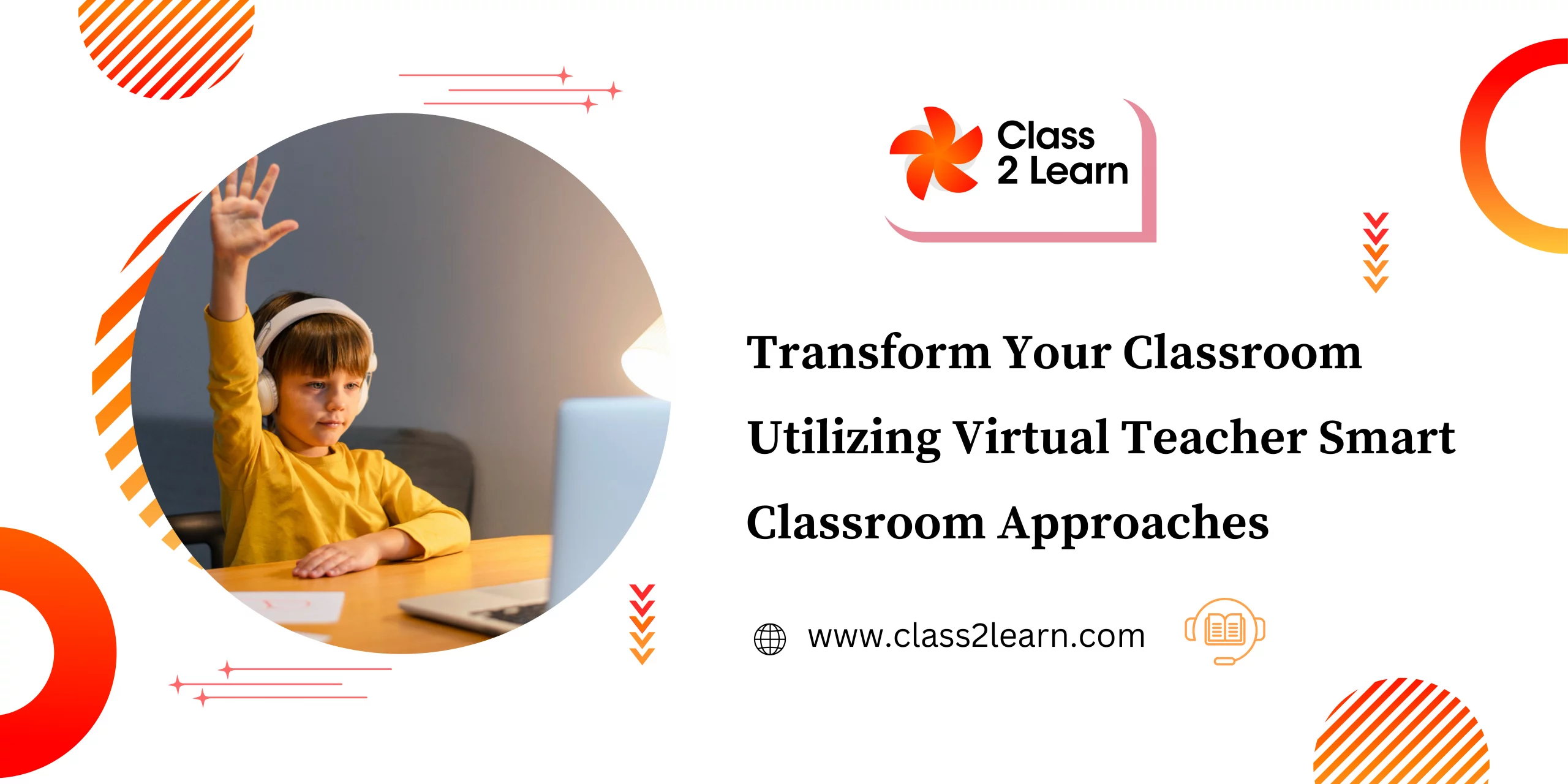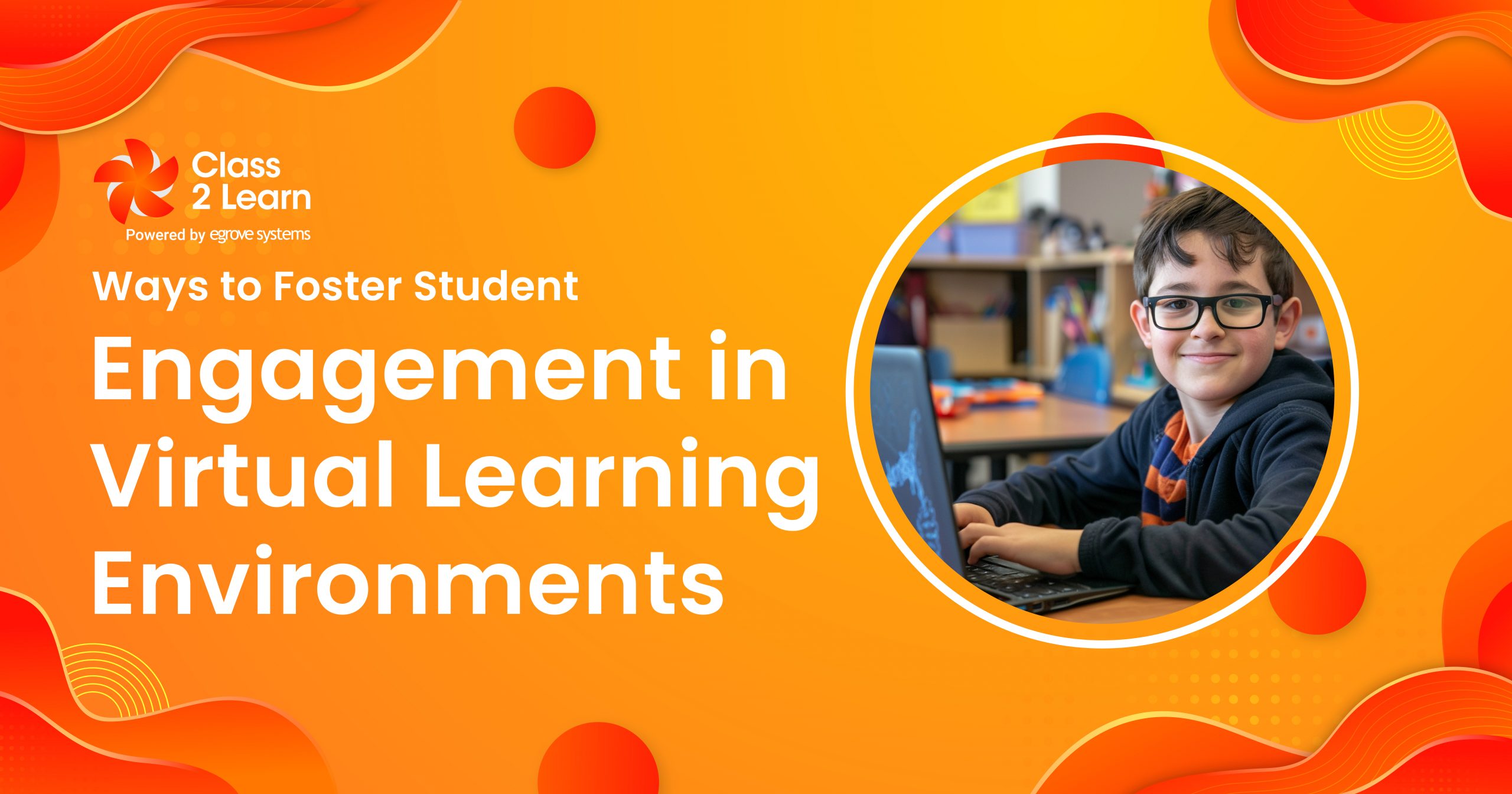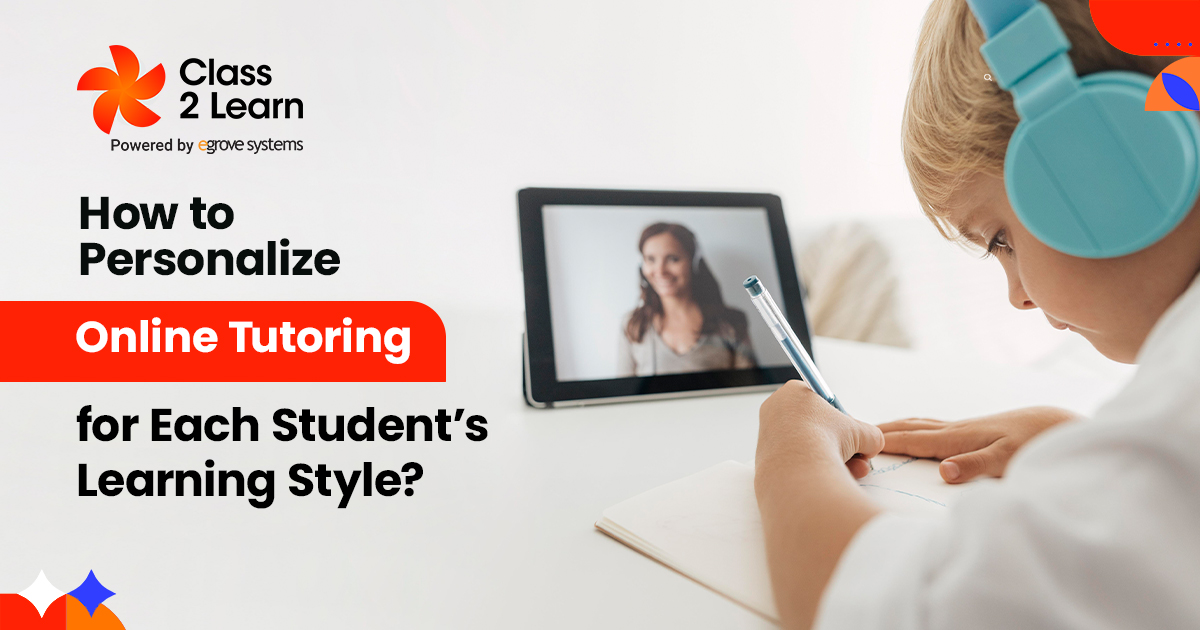Transform Your Classroom Utilizing The Virtual Teacher Smart Classroom Approach
Tech-based learning is becoming standard. Smart classrooms have been around for over a decade, but COVID-19 has made them popular. Smart classrooms are just that. This technologically advanced environment uses electronics and digital technologies to simplify student learning.
It uses mobile learning, AR, VR, wearables, and other innovations to make education accessible. Read on to discover smart classrooms, their importance, and their impact on education.
Overview of Smart Classrooms
Simply put, a smart classroom improves teaching and learning. Traditional classrooms with pens, pencils, paper, and teaching methods aren’t obsolete. It’s more like adding digital tools to traditional learning.
Teacher styles often change to match student needs. Every student learns differently and has distinct needs. Some students learn complex concepts faster than others. Turning your classroom into a virtual learning area requires a unique educational strategy that meets each student’s needs.
Varied ed-tech tools in these classrooms offer varied learning strategies to meet students’ goals. These tools simplify learning, communication, and teamwork for students. Some students prefer thorough whiteboard learning sessions, while others demand augmented and virtual reality tools for the best learning experience.
Types of Smart Classrooms
Smart classrooms have three types:
Regular Classrooms: The traditional smart classroom is teacher-led. They have whiteboards, projectors, and computers. Teachers speak in a smart classroom, but whiteboards explain subjects in detail. It lets students communicate with teachers via digital learning to improve their education.
Intermediate: These classes have all the ed-tech tools from the ordinary classroom plus AR and VR headsets, computers, etc. Intermediate smart classrooms lack the technology to allow each student to carry a gadget, so they share.
Classrooms led by students: Student-led smart classrooms are advanced virtual learning spaces that give each student a device, making education accessible and individualized. These classrooms support independent learning because they’re oriented toward students’ needs. In addition to technology, a student-led smart classroom has software for content creation.
Why are smart classrooms important?
Advanced virtual learning approaches not only streamline education but also make learning sessions fun and exciting. It builds student engagement and makes it easier for them to understand different concepts clearly. Let’s check out a few common benefits of smart classrooms for kids.
Efficiency
The most challenging and time-consuming task for a teacher is lesson planning. Creating a schedule for each lesson such that each concept is covered before the end of the academic session is not easy. Add to this the burden of creating worksheets, and you’ll know the struggle a teacher faces with traditional learning sessions. Smart classrooms have pre-developed resources that can help you plan, build, and print lessons. The best part is that digital tools are updated regularly, thus saving you the time and cost of photocopying and looking for new editions of the textbooks.
Accessible Education
Each student deserves a personalized education that’s based on their learning style. One of the biggest perks of digital learning is that it makes education accessible to all students. Whether it’s planning lesson delivery according to each student’s individual learning pace or translating text into different languages, smart classrooms make education accessible to all. Technology helps develop many life skills, like problem-solving, critical thinking, and communication, in students. It improves peer-to-peer and student-to-teacher interaction.
Flexible Learning
Smart classrooms do not restrict students to the textbooks. They cover a wide range of tools, including AR, VR, laptops, and so on. The combination of these helps teachers adapt to the unique learning style of each student when planning and delivering lessons. Gone are the days when each student had to learn according to the teacher’s teaching style and speed. Smart classrooms have enabled a flexible learning approach that is personalized for each student and caters to their unique learning pace.
It builds students’ engagement.
Ask any student about which of the textbook and AR/VR learning approaches is better and most of them will vote for the digital tools. Many students complain about losing concentration or getting distracted easily when teachers use textbooks. Augmented reality and virtual whiteboards, on the other hand, are super engaging and are really good at grabbing students’ attention. Gamification is one such concept that makes learning fun for students. It uses game-like teaching methods to make learning sessions exciting.
Easy for Teachers
Virtual classrooms are not just for students; they streamline the teaching experience for tutors. Teachers have responsibilities outside the classroom. They grade exams, plan tests, take quizzes, track student progress, and write report cards. Virtual classrooms simplify most of these. Teachers save time by using tools to handle student data.
The bottom line
Virtual learning has changed class planning and delivery. This makes online education available to students worldwide. Video conferencing, AR, VR, and whiteboards are popular academic tools that simplify class. Despite their classifications, smart classrooms have no set quantity or type of tools. It varies by school and student learning style.





Add comment